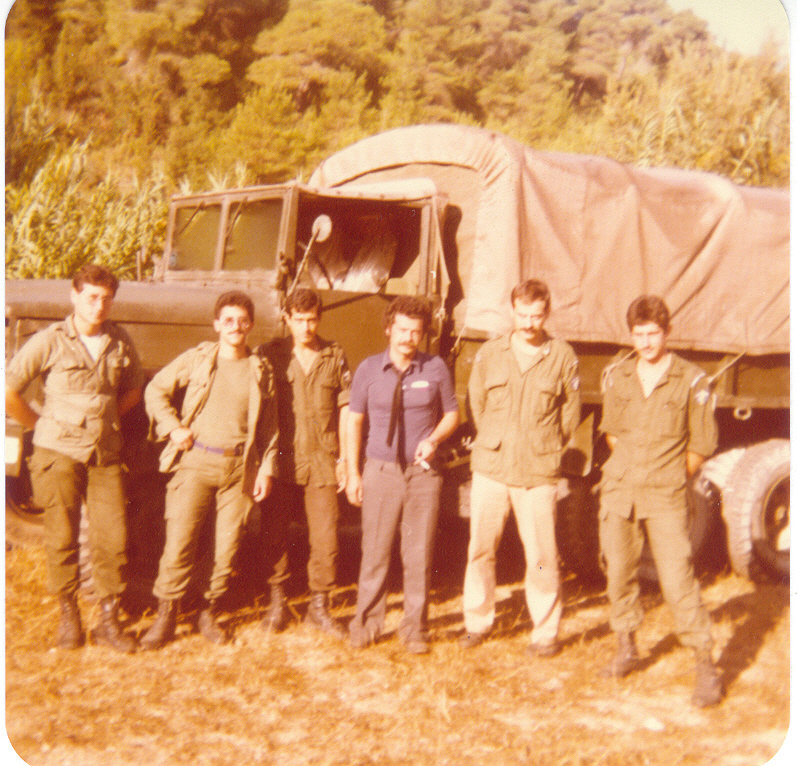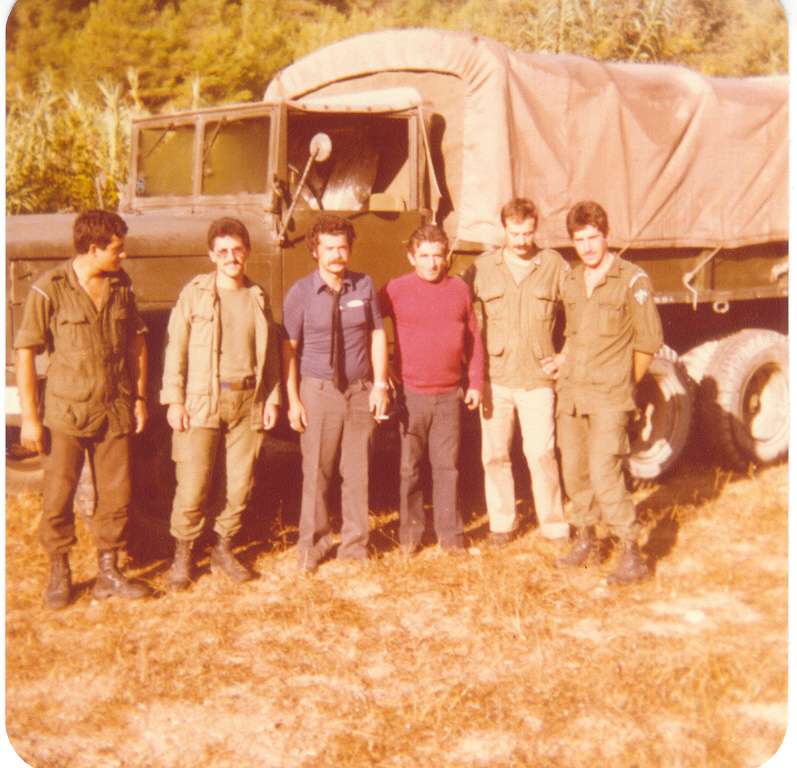Bureaucracy delayed the fnnding of the first phase promised by the Prime Minister. The gronp threatened to close the only operating VAN station, because from a single station we could only estimate that an earthquake was coming. This had restricted practical importance (see Sections 3.5 and 3.6), because if there was no network of stations we could not determine the magnitude and the epicentral area. The press pushed hard and finally, after two weeks, 530,000 drachmas1 were made available for the purchase of instruments for four experimental stations.
1 One US dollar was approximately 300 drachmasAt a meeting held on 17 September 1981 at the Ministry of Coordination, attended by the VAN team and seismologists, it was decided to start the first phase of the programme by identifying suitable sites where the four stations would be installed and to operate an experimental week. Also, the Deputy Prime Minister, who was at the same time Minister of Defence, approved the use of the army to help the team. (This was widely reported the following day.)
So the first phase of the experiment began (see, for example, the newspaper Eleftherotypia, 26 September 1981) with the help of the army. There were four military vehicles (one for each station), equipped with the necessary instruments and communication systems (radios) and 3-4 soldiers in each vehicle. A temporary network comprising four stations was installed to operate 24 hours a day for approximately one week. Our goal was to see if there was a simultaneons recording of preseismic electric signals at stations of different locations and distances.
The central station of the network was in the house where I stayed. Every four hours, I commnnicated with the four stations through the Army Signal Centre. There was a full report and a description of local records (I kept a record of all these telephone communications).


Acknowledgement: I wishe to express my gratitude to Prof. Varotsos for providing photographs.
We spent a period of nearly two months analyzing the records of this one-week experiment and the results were presented in two communications to the Academy of Athens by Professor K. Alexopoulos on 26 November 1981.
The first communication (Proceedings of Athens Academy, Volume 56, pages 417-433) refers to the detection of electric signals that precede the earthquakes by about seven hours. These are the Seismic Electric Signals (SES), already mentioned. We gave examples of these signals and a histogram of their lead times compared to the time of the earthquakes. The relationship between the logarithm of the amplitude (intensity) of these signals and the magnitude of the emthquakes is approximately linear (as explained in detail in Section 3.5).